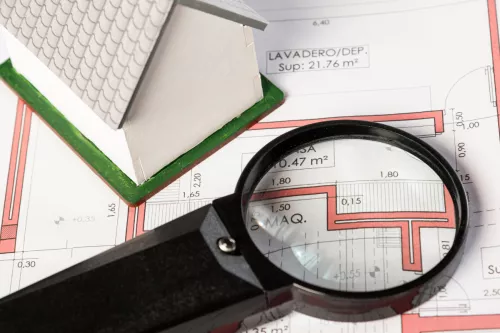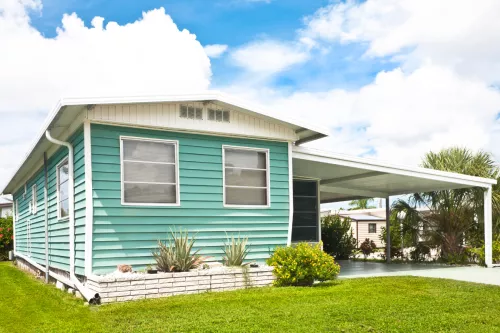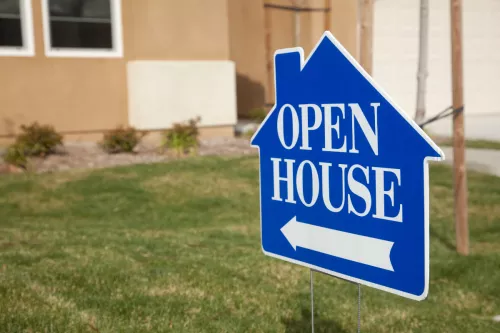Have you ever walked on a heated floor on a cold winter day? If yes, you know how pleasing and comfortable it is. Heated floors, often considered the epitome of domestic comfort and luxury, have become increasingly popular in modern homes.
From the chilly tiles of a bathroom to the expansive flooring of a living room, the appeal of stepping onto a warm surface during colder months is undeniable. You might be curious about how it works, how to maintain it, and how expensive it is.
We'll explore the various facets of heated floors, addressing common these questions and providing insightful information.
What is Radiant Floor Heating?
Radiant floor heating, also known as heated floors, involves the installation of electric wires or hot water pipes beneath the floor surface. This setup generates heat that rises and uniformly warms the room from the bottom upwards. This method of heating is efficient as it eliminates the need for space-consuming radiators or air vents.
How Do Heated Floors Work?
Radiant floor heating operates through one of two methods: by circulating warm water through a network of pipes, or by sending an electric current through heating wires, creating heat through electrical resistance.
Electric systems use a series of wires beneath the floor to generate heat, while hydronic systems circulate warm water through pipes. The heat from these elements rises and evenly warms the room from the floor up. This method of heating is more efficient and can be healthier, as it doesn’t circulate dust and allergens like forced air systems.
Are Heated Floors Worth It?
The answer largely depends on your personal preferences and needs. Heated floors offer a unique kind of comfort, especially in rooms where you're likely to walk barefoot, like bathrooms and kitchens. They also distribute heat more evenly than traditional radiators or forced air systems.
However, the initial installation cost can be higher, and the benefits might vary depending on your local climate and the insulation quality of your home.
Cost of Installing Heated Floors in a Bathroom
The price of installing heated floors can vary considerably, depending on both the size and type of system selected. On average, the cost ranges from $10 to $15 per square foot.
Additional costs include installation and ongoing operational expenses. Installation typically costs about $260 to $400 daily. The operational cost of your radiant floor heating system will depend on its size and how frequently it's used. However, it's important to note that these costs are generally lower than those associated with most traditional heating methods.
To illustrate, a typical bathroom system, which uses around 300 watts, might cost approximately $5 per month to run for a few hours each morning and evening, equating to the energy usage of standard bathroom lighting.
For a larger scale, such as a whole-house system in a 3,000 square foot area, the monthly cost during winter might be about $250. An advantage of electric systems is their efficiency: despite the higher cost of electricity, the ability to zone and program these systems makes them quite cost-effective in the long run.
Is In-Floor Heating Enough to Heat a House?
In-floor heating can be sufficient for heating a house, particularly if the house is well-insulated and designed with energy efficiency in mind. Hydronic systems are generally more suited for whole-house heating than electric systems. The efficiency also depends on the type of flooring. For example, tile and concrete conduct heat well, while carpeting may insulate the heat.
Whole House Heated Floors
Yes, it's entirely possible to have heated floors throughout your entire house. This is more commonly done with hydronic radiant heating systems, as they are more efficient for larger areas. The key is to ensure that the system is properly designed and zoned, allowing for individual control of the temperature in different rooms.
Ideal Locations for Installing Heated Floors
Heated floors can be a luxurious addition to many areas of a home, enhancing comfort and warmth in spaces where you are most likely to appreciate it. Here are some of the best areas to consider installing heated flooring:
Bathrooms
Perhaps the most popular choice for heated floors. The comfort of stepping onto a warm floor after a shower or bath is highly valued, especially in colder climates.
Kitchens
For those who spend a lot of time in the kitchen, heated floors can provide a cozy environment. They are particularly beneficial in homes with tile or stone flooring, which can feel cold underfoot.
Living Rooms
Installing heated floors in living areas can create a warm and inviting space, especially in rooms with less insulation or where families spend a lot of time relaxing.
Basements
Basements often suffer from being cold and damp. Heated floors can transform these spaces into comfortable living areas, home theaters, or playrooms.
Bedrooms
Waking up and stepping onto a warm floor can make mornings more pleasant. This is especially true in bedrooms where the flooring is tile or hardwood.
Home Offices
With the rise in remote work, a home office with heated flooring can provide a comfortable and productive work environment, especially during colder months.
Entryways and Mudrooms
These areas can benefit from heated floors, as they provide a warm welcome to both residents and guests while helping dry wet shoes and coats more quickly.
Laundry Rooms
A heated floor can make laundry tasks more comfortable, especially in spaces that are typically unheated or poorly insulated.
People also ask
Are heated floors energy efficient?
Yes, particularly if your home is well-insulated. Radiant heating distributes heat more evenly and effectively than traditional methods. The majority of electric floor heating systems consume around 12 watts per hour for each square foot.
Therefore, for a room measuring 100 square feet, the total power usage would be 1200 watts every hour. This is 300 watts lower than what is typically used by an average space heater.
Can any floor covering be used with heated floors?
Most types, yes. Tile and stone are the most suitable flooring materials for use with underfloor heating. Their high thermal conductivity allows them to quickly absorb and transfer heat from the underfloor heating pipes or wires to the surface.
Additionally, tile and stone are excellent at retaining heat, which enhances the efficiency of the heating system. Carpet can be used, but its insulating properties reduce efficiency.
How long do heated floors last?
Radiant floor heating systems have a total life expectancy ranging from 20 to 35 years. The tubing and coils within these systems usually endure for the same duration, 20 to 35 years, whereas boilers in the system commonly have a shorter lifespan of 15 to 20 years.

 Marcio Vasconcelos
Marcio Vasconcelos





